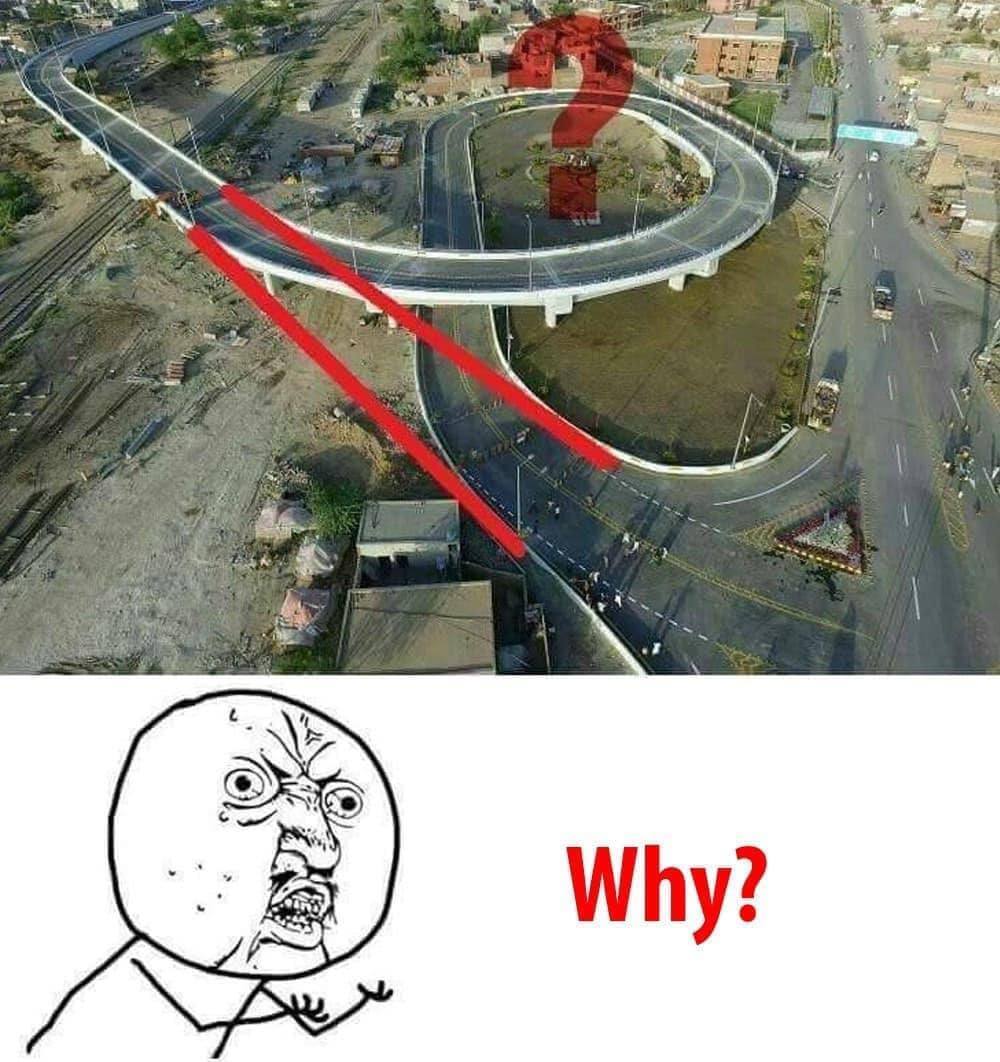
Ever found yourself navigating a winding road and wondered, “Why isn’t this path straight?” While straight roads might seem more efficient, especially in mountainous regions or highways, their design often prioritizes safety and practicality over directness. Let’s delve into the reasons behind the curves and bends in our roadways.
The Hidden Dangers of Straight Roads
Driver Fatigue and Monotony
Long stretches of straight roads can lead to driver fatigue. The monotony reduces visual stimulation, making it challenging for drivers to maintain focus. Over time, this lack of engagement can cause drowsiness or inattention, significantly increasing the risk of accidents.
Speed Control Challenges
Straight roads, especially on steep inclines, can tempt drivers to maintain higher speeds. This uncontrolled speed can be hazardous, particularly when unexpected obstacles or changes in road conditions arise.
The Perils of Steep, Straight Inclines
Climbing Difficulties for Heavy Vehicles
While modern vehicles might handle steep ascents, heavily loaded trucks often struggle. The added weight makes it challenging to maintain speed and control, leading to potential traffic disruptions or accidents.
Hazardous Descents
Descending a straight, steep road poses significant risks. Vehicles can gain excessive speed, making it difficult for drivers to brake effectively. This uncontrolled acceleration increases the likelihood of brake failure or loss of vehicle control.
Limited Visibility
On steep slopes, drivers may have restricted visibility of the road ahead. This limitation hampers their ability to anticipate and react to obstacles or sudden changes, elevating the risk of collisions.
The Science and Safety of Curved Roads
Enhanced Driver Engagement
Curved roads naturally demand more attention from drivers. This increased engagement helps maintain alertness, reducing the chances of accidents caused by inattention.
Managing Centrifugal Forces
Engineers design curves with specific radii to manage centrifugal forces effectively. Properly banked curves allow vehicles to navigate turns smoothly, even at consistent speeds, enhancing overall road safety.
Natural Speed Regulation
Winding roads inherently encourage drivers to reduce speed. This natural speed moderation decreases the likelihood of high-speed accidents and promotes safer driving behaviors.
Balancing Efficiency and Safety
While straight roads might offer a direct route, the incorporation of curves is a deliberate design choice to balance efficiency with safety. The added travel time on winding roads is a small price to pay for the significant reduction in accident risk.
Conclusion
The next time you find yourself on a winding road, remember that each curve is meticulously designed with your safety in mind. By understanding the reasons behind these design choices, we can appreciate the intricate balance engineers strike between direct routes and the well-being of all road users.





